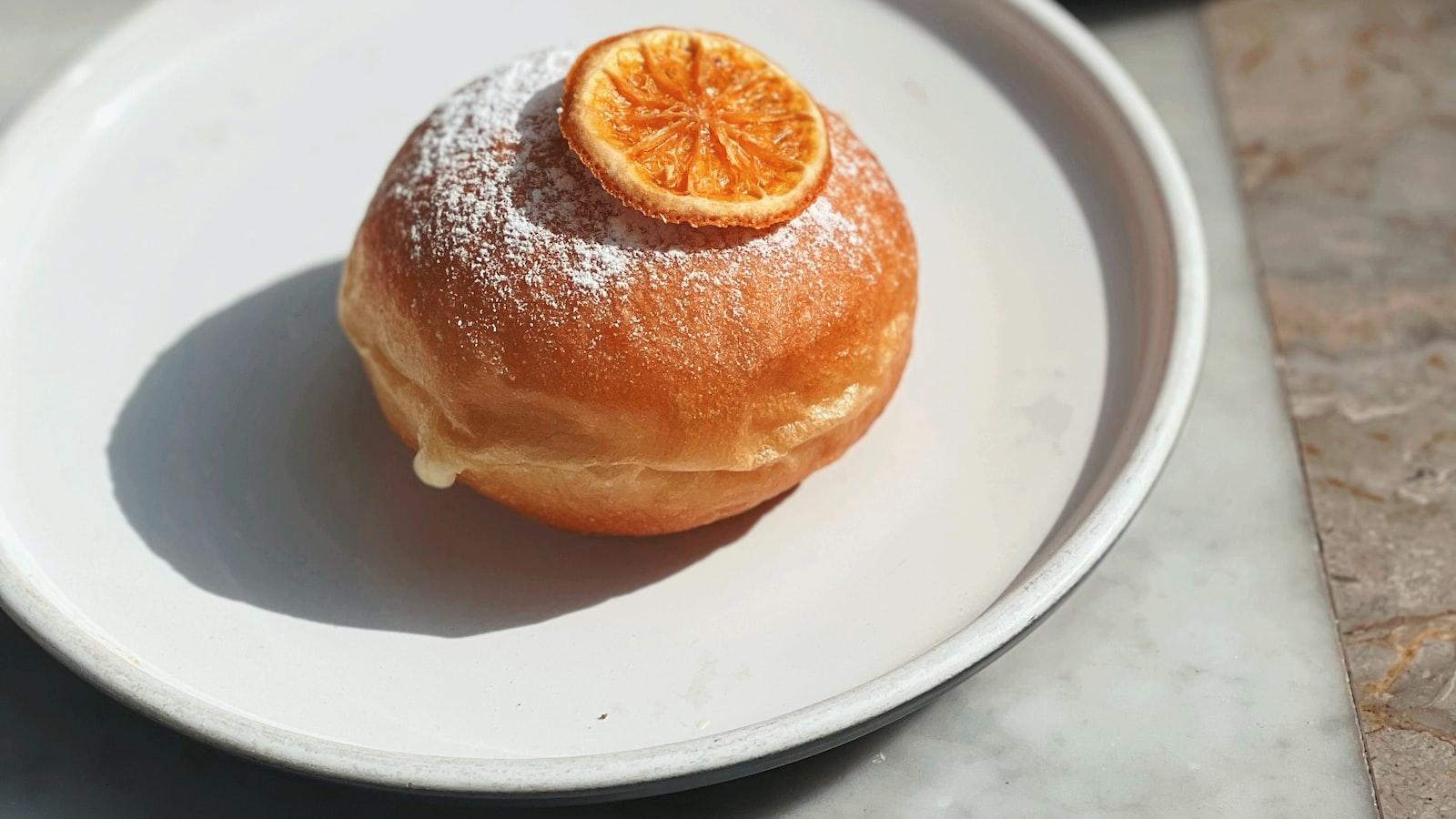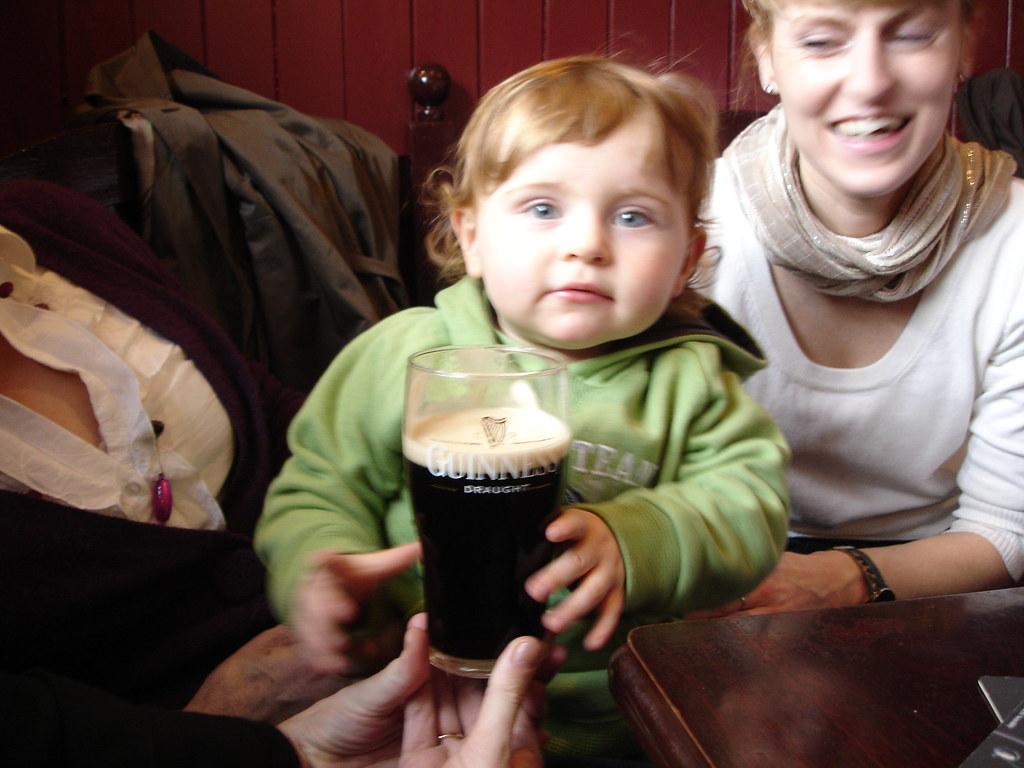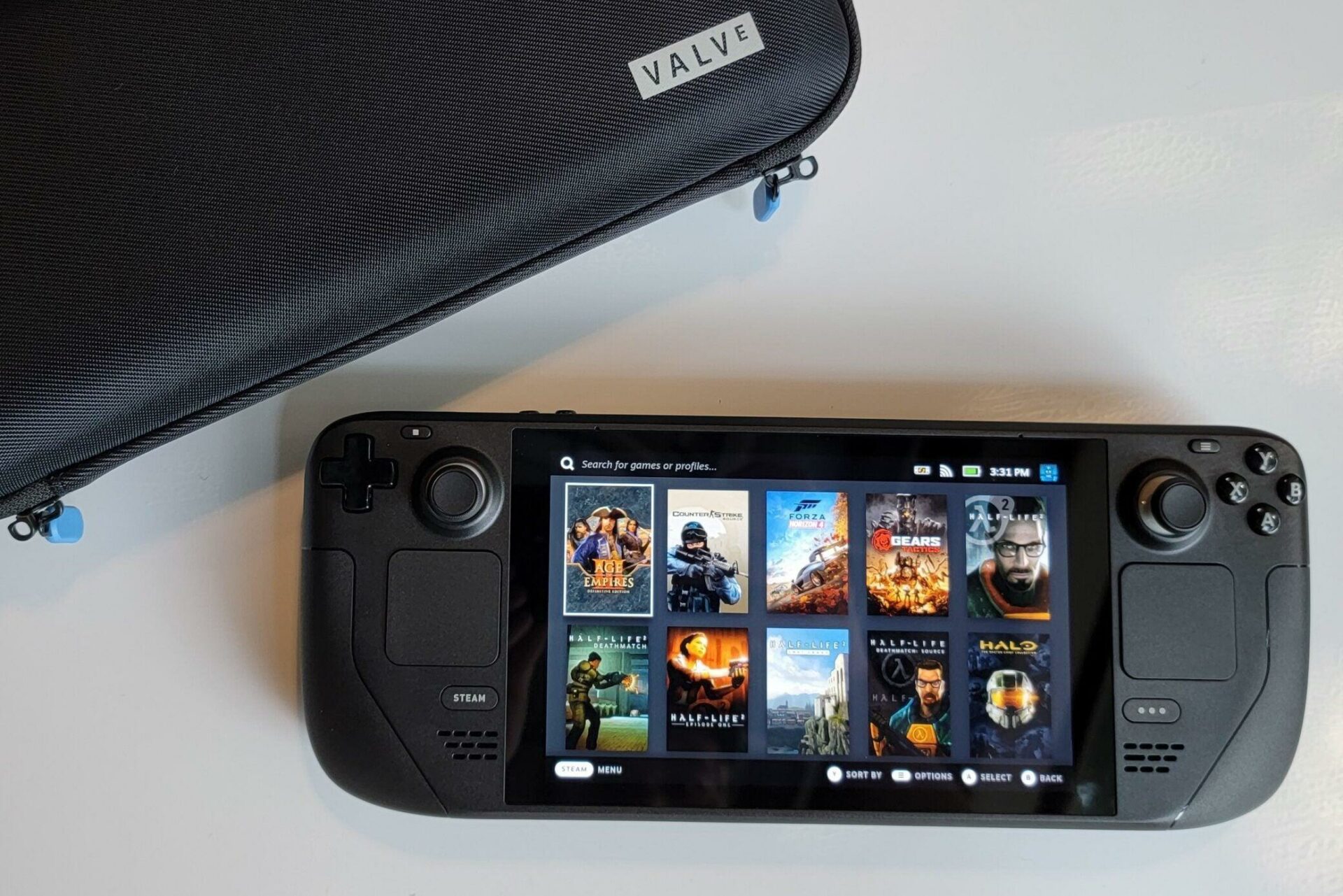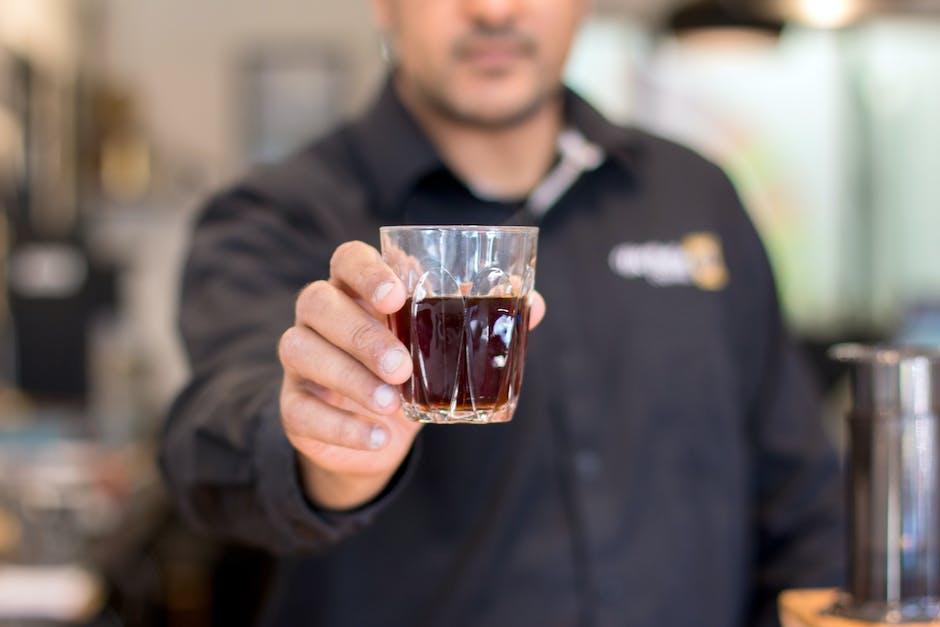Quinoa is a nutritious and versatile food that can be served to babies as part of their diet. It provides essential vitamins, minerals, and proteins that are needed for growth and development. Quinoa is also gluten-free, making it a great option for babies with wheat or gluten allergies. Serving quinoa to baby can be done in a variety of ways, from purees to finger foods. The following will provide some tips on how to serve quinoa to baby in a safe and nutritious way.To prepare quinoa for babies, start by rinsing the quinoa under cool, running water for approximately 30 seconds. Once rinsed, add 1 cup of quinoa and 2 cups of water to a medium-sized pot and bring the mixture to a boil. Reduce the heat to low and cover the pot with a lid. Allow the quinoa to simmer for 15-20 minutes, or until all of the liquid has been absorbed. Once cooked, fluff with a fork and serve plain or mix in puréed vegetables or fruits.
Nutritional Benefits Of Quinoa For Babies
Quinoa is a great source of nutrition for babies. It is packed with proteins, dietary fibers, minerals and vitamins that are essential for the healthy growth of a baby. It has a low glycemic index and contains no gluten, making it a perfect choice for those who are sensitive to gluten or have allergies. Quinoa also contains all nine essential amino acids that are required for the development of a baby’s body.
Quinoa is an excellent source of complex carbohydrates that provide energy to babies. This helps in the proper functioning of their digestive system and keeps them active during playtime. The high fiber content in quinoa helps in regulating bowel movements and supports healthy digestion. Quinoa also contains essential minerals like calcium, iron, magnesium, phosphorous and zinc which are important for the development of bones and teeth.
Quinoa also contains numerous vitamins such as A, B6, C, D and E that are important for the overall health of babies. Vitamin A helps to promote vision development while vitamin C boosts their immunity system. Vitamin D helps in improving bone health while vitamin E assists with cell growth and repair.
Quinoa is easy to digest and can be incorporated into the daily diet easily. It can be cooked in various ways such as steaming or boiling or even by adding it to soups or salads. It can also be used as an alternative to rice or oats when preparing porridge for babies. Quinoa is an excellent choice for introducing solid foods into your baby’s diet as it provides numerous nutritional benefits without any negative effects on their health.
What Is The Best Age To Start Feeding Quinoa To Baby?
Quinoa is considered to be a superfood and is packed with protein, vitamins, and minerals. It can be a great addition to a baby’s diet, but it is important to wait until the baby is old enough to digest it. The best age to start introducing quinoa to babies is around 6 months old. At this age, babies are able to tolerate more complex foods and are better able to digest the nutrients found in quinoa.
When introducing quinoa to babies, it is important to remember that it must be cooked thoroughly before being served as part of a meal. Boiling or steaming the quinoa will help break down the proteins and make it easier for the baby’s digestive system to handle. It can also be mixed with other foods like mashed vegetables or fruit purees for added flavor and nutrition.
It is also important to keep in mind that babies should never eat quinoa raw. Quinoa can contain harmful bacteria that can cause food poisoning if not cooked properly. Therefore, it should always be cooked before being served to babies.
Quinoa is also high in fiber which can be difficult for young stomachs to process so parents should start with small amounts of quinoa at first and gradually increase as their baby grows older. Parents should also pay close attention for any signs of food allergies or digestive issues after feeding their baby quinoa, as some babies may not react well to this grain because of its high fiber content.
Overall, introducing quinoa into a baby’s diet at around 6 months of age can be beneficial as long as parents take precautions when preparing it for their little ones. Quinoa is packed with nutrition that can help support a growing baby’s development while providing them with delicious flavor combinations as part of their meals!
Is Quinoa A Safe Option For Babies?
Quinoa is becoming increasingly popular as a healthy alternative to traditional grains, and many parents are wondering if it’s a safe option for their babies. The short answer is yes, quinoa can be a great addition to your baby’s diet as long as it is cooked properly.
Quinoa is gluten-free, high in protein, fiber, and iron which makes it an excellent choice for babies. It also contains essential vitamins and minerals such as magnesium, phosphorus, potassium, folate, and zinc. Quinoa can be cooked much like rice or oatmeal and easily mixed into other foods such as purees or yogurt.
When introducing quinoa to your baby for the first time, it is important to cook it thoroughly to avoid any potential choking hazards. Quinoa should also be finely ground or mashed in order to make sure that it’s easy to chew and swallow. Additionally, quinoa should not be added until your baby is at least six months old and has already been introduced to other grains like oatmeal or rice cereal.
Overall quinoa can be a great addition to your baby’s diet when cooked properly. Not only does it provide essential nutrients that are important for growth and development but it also offers variety in texture and flavor which can help keep meal time interesting for your little one.
If you have any concerns about introducing quinoa into your baby’s diet, it’s always best to consult with your pediatrician before making any changes.
How To Cook Quinoa For Babies
Quinoa is an incredibly versatile and nutritious food that can be used in a variety of dishes. It is also an excellent source of protein and other essential nutrients, making it an ideal choice for babies who are transitioning to solid foods. Cooking quinoa for babies is easy and doesn’t take very long. Here’s how to do it:
Start by rinsing the quinoa in cold water. This will remove any dirt or debris that may be on the grains, as well as any bitter taste that can come from the saponin coating on the outside of the grain. Once rinsed, place the quinoa in a pot with two cups of water or broth, depending on your preference.
Bring the mixture to a boil over medium-high heat and then reduce the heat to low. Simmer for 15 minutes, stirring occasionally, until all of the liquid has been absorbed and the quinoa is tender but still has a slight bite to it.
Once cooked, remove from heat and let stand for five minutes before fluffing with a fork. You can then serve as is or puree with breast milk or formula for younger babies who may not yet have teeth. Quinoa can also be added to other dishes like oatmeal, yogurt, soups, sauces and more!

Quinoa for Babies
Quinoa is a great source of nutrition for babies. It is a complete protein, meaning that it contains all nine essential amino acids. Quinoa is also high in fiber, zinc, iron, and magnesium. It is a great choice for babies who are transitioning to solid foods. There are several different ways to serve quinoa to babies, so parents can get creative with their meals.
Cooked Quinoa
Cooked quinoa makes a great base for baby food recipes. It can be mashed with fruits and vegetables or pureed into soups and stews. Cooked quinoa can also be served as a side dish mixed with other cooked grains like brown rice or oats.
Quinoa Porridge
Quinoa porridge is an easy way to introduce quinoa to baby’s diet. To make the porridge, simply cook the quinoa in water or formula until it reaches a soft and creamy consistency. You can add fruit or other ingredients of your choice to make the porridge more flavorful and nutritious.
Sprouted Quinoa
Sprouted quinoa is an easy way to add nutrition to baby food recipes without cooking. Simply sprout the quinoa by soaking it in water overnight and then drying it out until it’s ready to use. Sprouted quinoa can be added directly into purees or used as a topping on dishes like oatmeal or yogurt parfaits.
Quinoa Flour
Quinoa flour is made by grinding dried quinoa into a fine powder. It can be used as an alternative to wheat flour in recipes like pancakes, muffins, and breads. Quinoa flour can also be used as a thickening agent in purees or soups for babies who are just starting out on solids.
How Much Quinoa Should A Baby Eat?
Quinoa is a highly nutritious grain that can be an excellent addition to any baby’s diet. It is full of essential vitamins and minerals, as well as protein, fiber, and healthy fats. But it is important to know how much quinoa to feed a baby in order to ensure that they get all the nutrition they need without becoming overly full.
The general rule of thumb for feeding babies any new food is to start with a very small amount and then gradually increase over time. When introducing quinoa to a baby, it is best to start with just a teaspoon of cooked quinoa mixed in with their regular food. This will help them become accustomed to the flavor and texture of quinoa without overfeeding them.
Once a baby has had several successful feedings of quinoa, the amount can be increased slightly each time until they are eating about one quarter cup per meal. This amount should be enough to provide them with all the essential nutrients found in quinoa while still leaving room for other foods in their diet.
It is also important to note that babies under six months old should not have any solid foods, including quinoa, until their doctor has given the go-ahead. Until then, breastmilk or infant formula should remain their primary source of nutrition.
Overall, when introducing quinoa into your baby’s diet it is important to start slowly and increase gradually over time in order to ensure their nutritional needs are being met without overfeeding them. With some patience and practice, it won’t take long for your little one to enjoy this nutritious grain!
Quinoa Nutrition for Babies
Quinoa is a highly nutritious grain, containing a wide range of essential nutrients such as protein, fiber, vitamins, and minerals. This makes it an ideal food for babies, since it can provide them with important nutrients and help them to grow and develop properly. Additionally, quinoa is gluten-free and low in fat, making it an excellent choice for those who are sensitive to dairy or wheat products. Quinoa also has a mild flavor that most babies enjoy.
Preparing Quinoa for Babies
When preparing quinoa for babies, it’s important to remember that quinoa can be quite bitter when cooked without being soaked first. To reduce the bitterness, it is recommended to soak the quinoa overnight in water or in a vegetable broth before cooking. This will help to reduce its bitter flavor and make it more palatable for your baby. Additionally, you can add sweet fruits or vegetables like applesauce or mashed banana to make the taste more appealing.
Cooking Quinoa For Baby-Friendly Dishes
When cooking quinoa, it’s important to remember that the ratio of liquid to quinoa should be two parts liquid to one part quinoa. This will ensure that the quinoa is cooked properly and not overly dry or mushy. Additionally, you can add spices like cinnamon or nutmeg during cooking to give the dish a unique flavor. Additionally, you can add vegetables like carrots or peas to add nutrition and color as well as additional flavors.
Serving Quinoa Dishes To Babies
When serving quinoa dishes to your baby, it’s important to ensure that the food is not too hot or spicy as this may cause discomfort or even harm their delicate digestive system. It’s best to serve smaller portions and allow your baby time to get used to new flavors before introducing larger servings. Additionally, if your baby isn’t used to solid foods yet you can puree the cooked quinoa with some vegetables or fruits for a delicious meal they are sure to love!

Conclusion
Quinoa is an excellent source of nutrients to introduce to your baby’s diet. It is a complete protein, and it contains healthy fats, vitamins, minerals, and other essential micronutrients. Quinoa can be served in a variety of ways to babies over six months old such as in purees, cereals, or porridges. You can also add cooked quinoa to mashed vegetables or fruits for added nutrition.
When introducing quinoa to your baby’s diet it is important to start with small amounts and watch for any signs of allergies or digestive problems. Quinoa should be properly cooked and well-seasoned with herbs and spices that are appropriate for your baby’s age.
Quinoa is a nutritious food that can be enjoyed by adults and babies alike. With its high nutrient content, high protein content, ease of preparation, and delicious flavor, quinoa is a great addition to the diets of everyone in the family.
By including quinoa in your baby’s meals you can provide them with essential nutrients that will help them grow and develop healthily.




